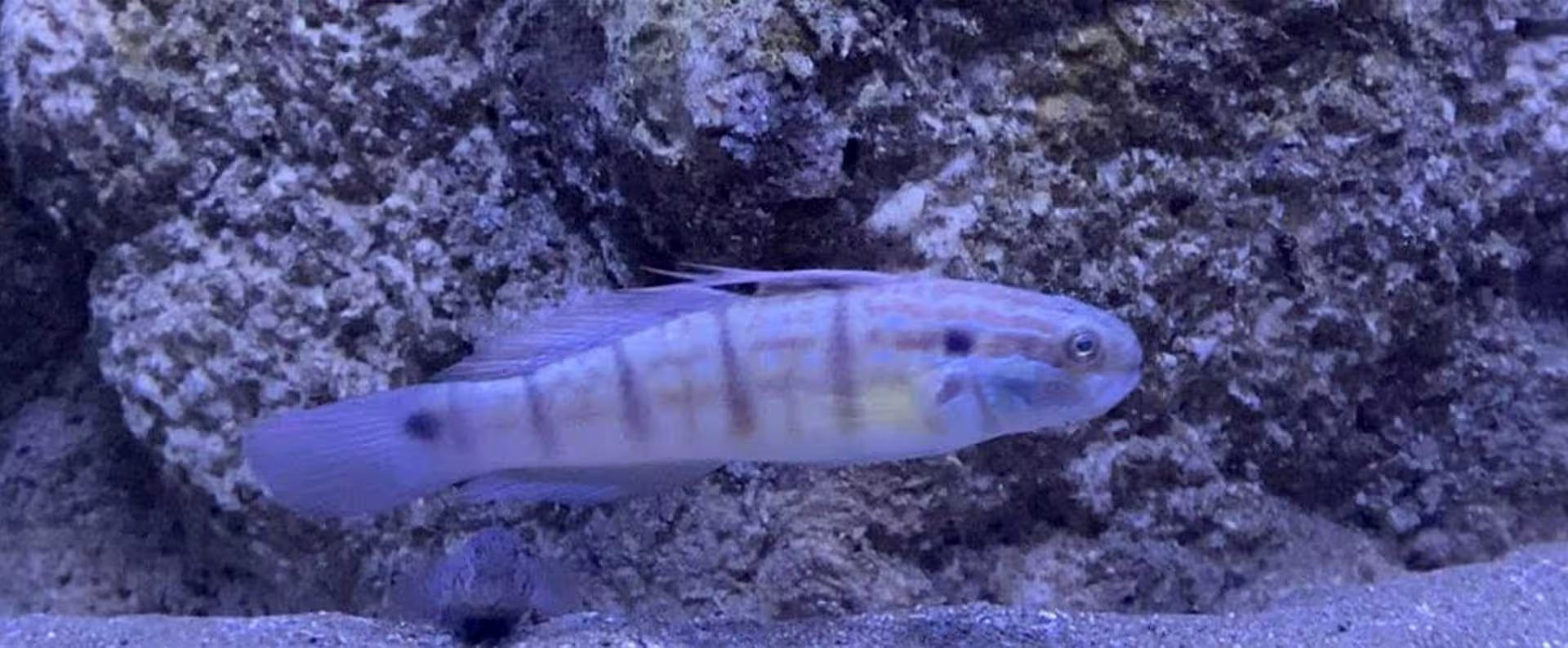By Salama Al Mahri
DUBAI — Beneath the sea’s glittering surface, a hawksbill turtle struggles to survive. Its flippers flail desperately, a silent cry as a piece of shredded plastic lodges in its throat. That morning, the turtle awoke on a flat stone, swam toward the coastline to hunt, and mistook the plastic for a jellyfish. Swallowing it whole, the turtle could no longer breathe or eat, succumbing days later. This tragedy is all too common along UAE coastlines, where turtles wash ashore dead from ingesting littered plastics or oil spills.
Threats to Marine Biodiversity
The UAE has diverse species of marine animals and habtats, including green turtles migrate between Oman and UAE seas. However, the Emirates Nature-WWF Green Turtle Population Report lists green turtles as vulnerable due to four main threats: ingestion of marine debris like plastics and fishing nets, boat strikes, entanglement, and habitat loss. Sea turtles are among many species—snails, crabs, birds, humpback dolphins, sea snakes, dugongs, and 500 fish species—relying on the region’s coral reefs, seagrass meadows, and mangroves, which are critically endangered due to global warming, according to the Environment Agency Abu Dhabi’s Species Red List Report.
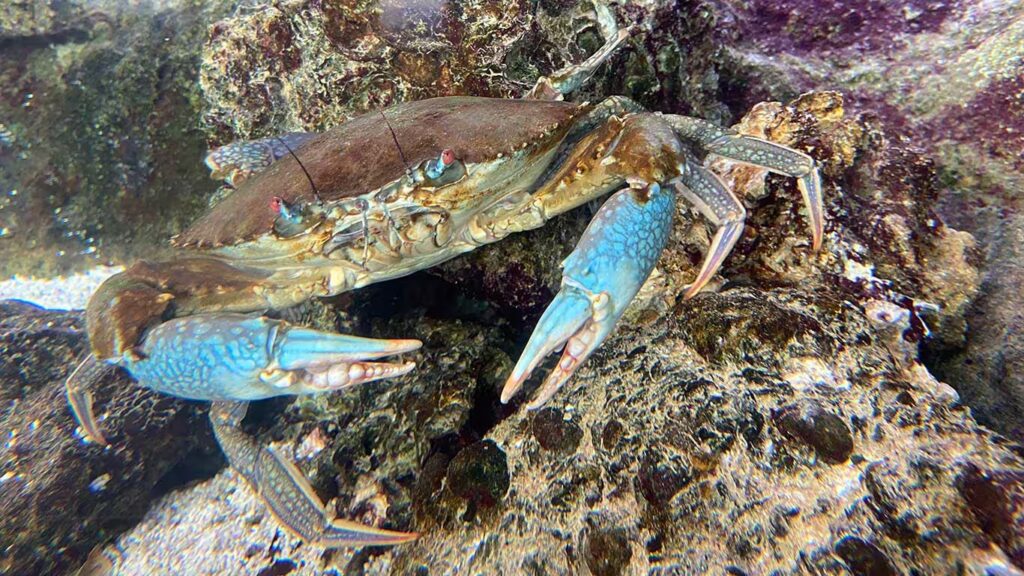
Aaron Bartholomew, a biology professor at the American University of Sharjah specializing in marine biology, has published over 20 articles in environmental science. He is preparing a paper arguing that “the east coast of the UAE experienced its first high-temperature bleaching event in 2021.” Previously, temperatures were not high enough to cause significant coral bleaching. Though Gulf corals adapt to extreme temperatures and high salinity, global warming has devastated them, Bartholomew says.
“Large-scale marine coastal developments continue to threaten marine biodiversity,” he says. “Palm Jebel Ali was built on top of a valuable coral habitat, significantly impacting it. Ras al Khaimah’s golf course killed mangroves along the coastline.” These projects destroy marine habitats critical for combating climate change. Bartholomew noted frequent turtle strandings on the east coast due to oil spills, which also wash ashore, affecting divers and swimmers.
Fatin Samara, a chemistry professor at the American University of Sharjah, said certain metals are “essential for some marine animals’ survival,” but excessive amounts are harmful. Carbon dioxide emissions cause ocean acidification, disrupting carbonates needed for coral shells, Samara added.
Marine Initiatives and Ecotourism
The UAE Ministry of Climate Change and Environment emphasizes that marine ecosystems are vital for economic, social, and environmental well-being. As biodiversity declines, the UAE invests in habitat conservation and eco-friendly activities. Ecotourism is one of the growing types of tourism in the UAE’s aims to conserve eco-friendly habitats and protect marine animals. Dr. Bartholomew states that ecotourism puts value in preserving these important habitats.
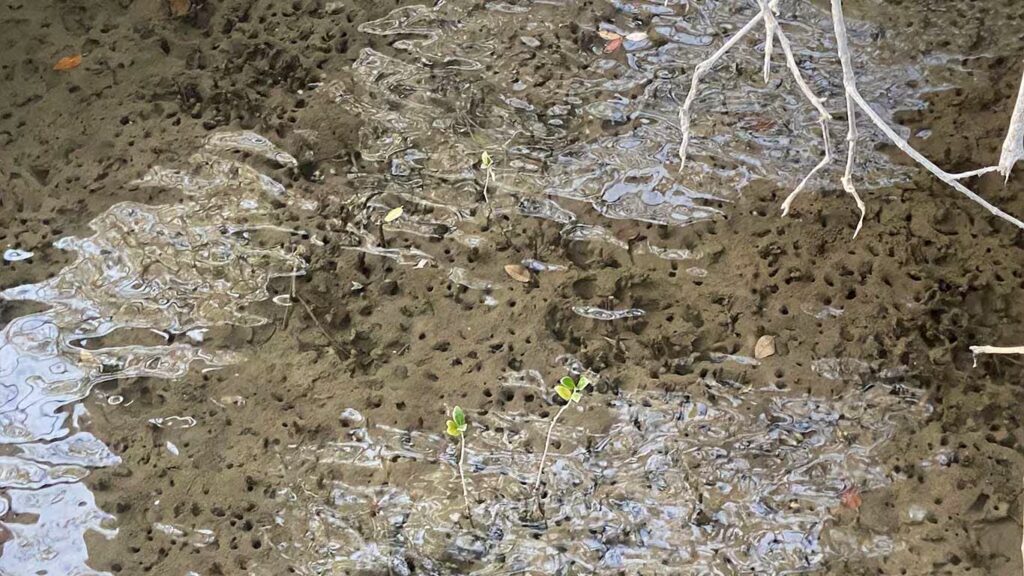
The Dubai Turtle Rehabilitation Project, part of Dubai’s Wildlife Protection Office, operates a lagoon at Jumeirah Al Naseem to treat sick turtles and combat the extinction of nine UAE sea turtle species. Aneesh Kumar, a project member, educates children about turtle species during daily feeding sessions, promoting sustainability. “Rescuers find turtles washed ashore, contact us, and bring them to our Burj Al Arab facility for treatment,” Kumar says. The project prioritizes critically endangered hawksbill turtles to boost their population. Learn more about the initiative below.
In 2020, the Environment Agency Abu Dhabi opened Jubail Mangrove Park, a protected site, to the public to enhance biodiversity and safeguard habitats. Visitors can plant mangroves to increase their numbers. The United Nations Environment Programme states that mangroves improve water quality and serve as nurseries for juvenile fish, supporting species like mangrove periwinkle, snails, and breeder fish before they return to the sea. These creatures are important for promoting biodiversity as they are essential to the marine ecosystems and allowing such creatures to multiply.
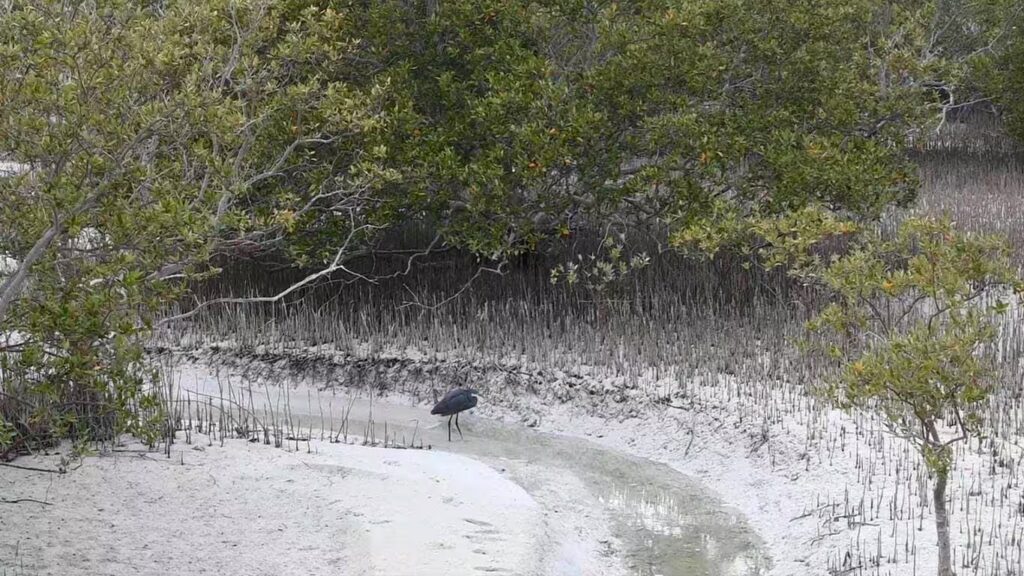
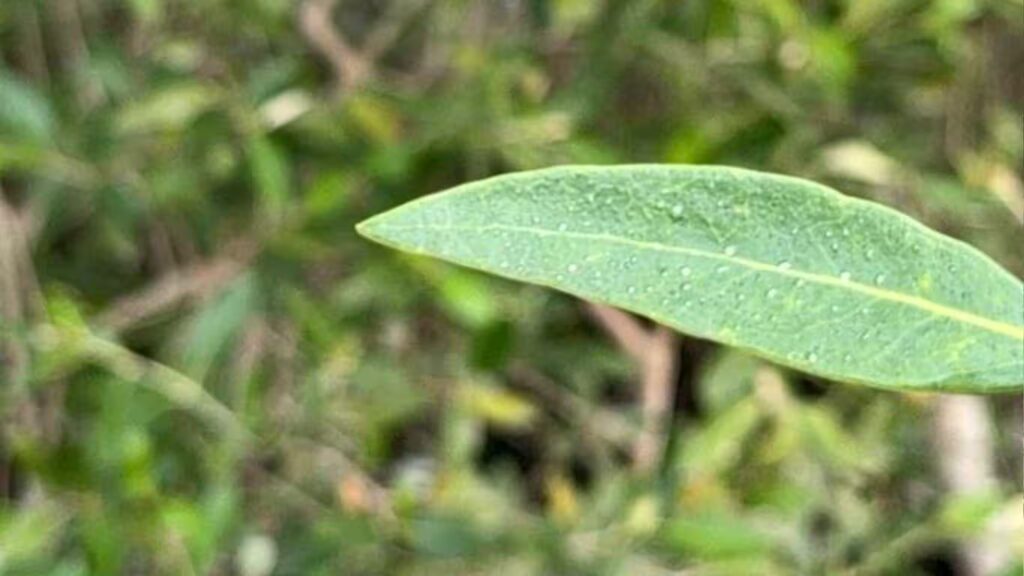
Khor Kalba Mangrove Center educates visitors about species and their ecological roles. Signs explain that mangroves host diverse species—insects, sponges, oysters, crabs, fish, reptiles, birds, and mammals—creating ecological balance. Mangroves also recycle nutrients, with displays detailing species’ diets and contributions. These free, public sites promote marine life preservation, climate change awareness, and sustainable practices.
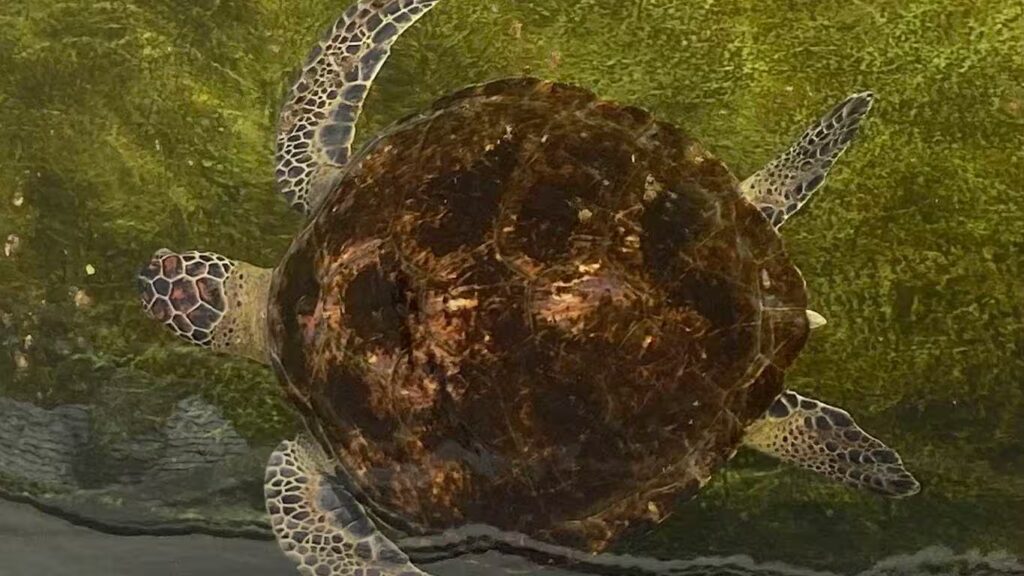
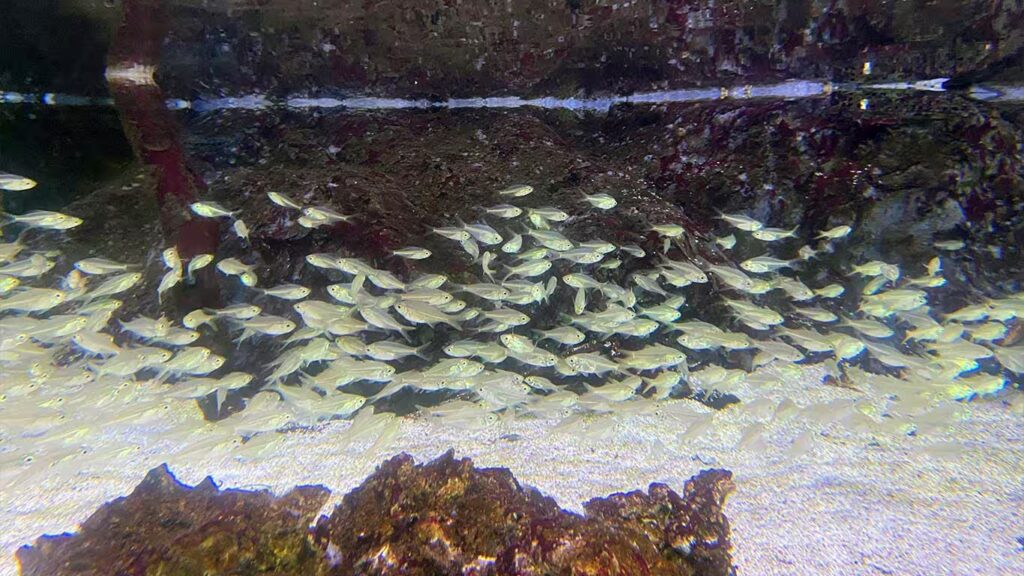
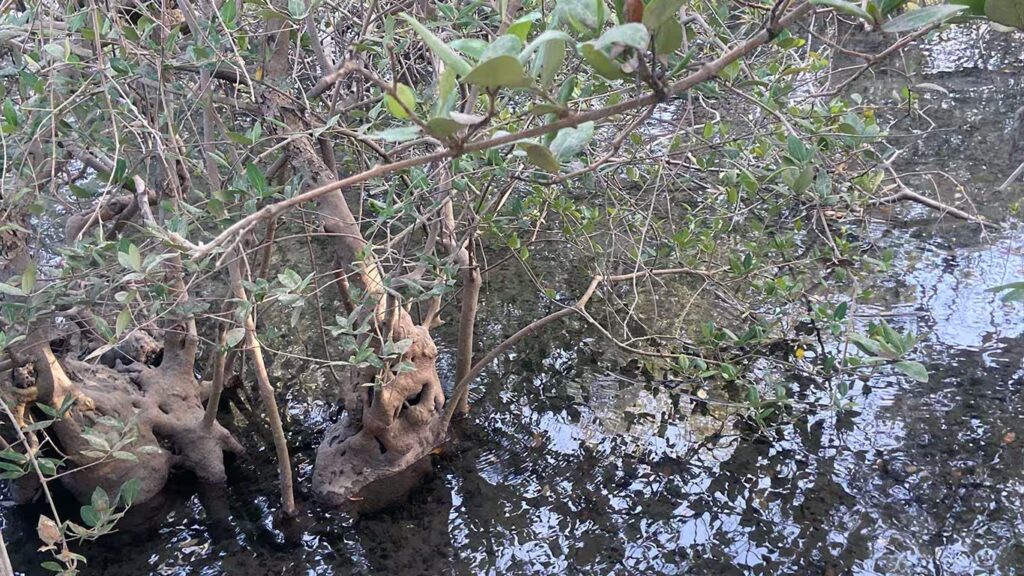
New York University Abu Dhabi’s Coral Reef Monitoring Program, led by Research Associate Rita Bento, assesses regional coral reefs’ resilience to stressors. The research aims to influence stricter policies to protect reefs and prevent bleaching, they are home to a plethora of marine species, Bento says.
Sustainable Solutions for Marine Biodiversity
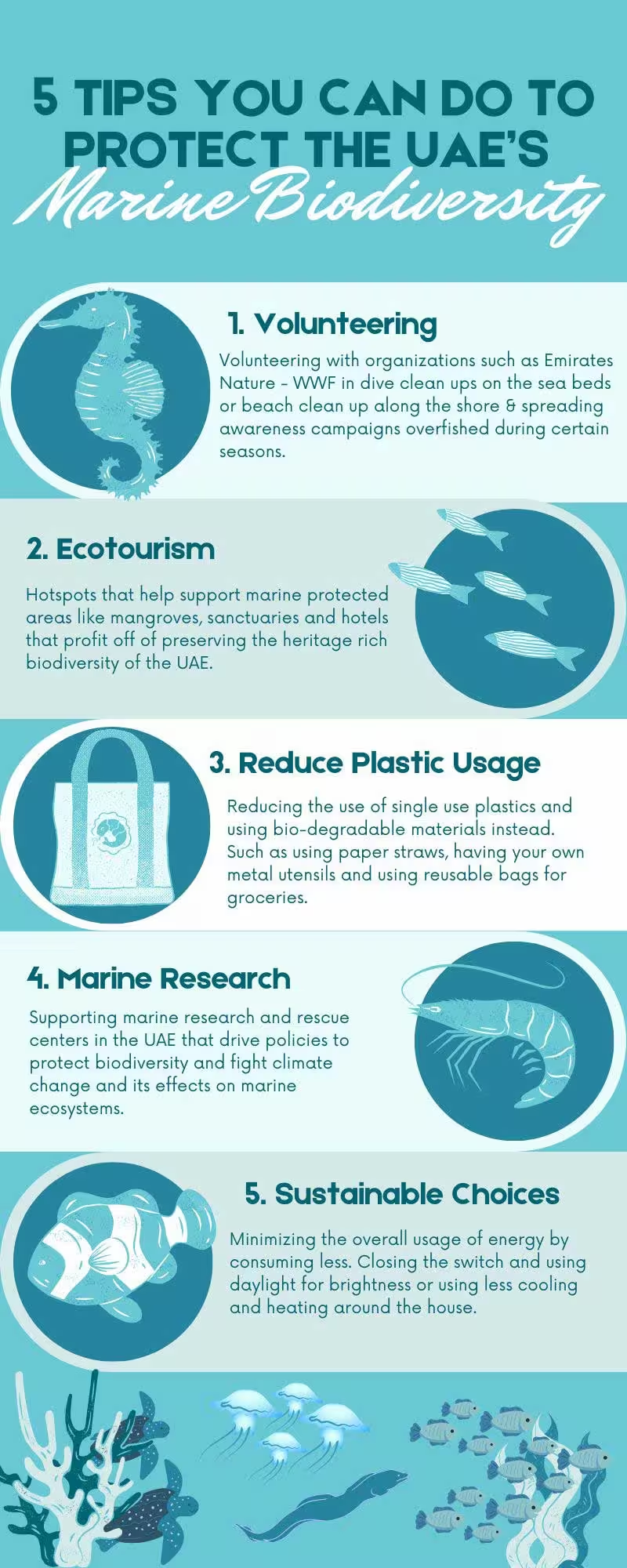
The UAE Ministry of Climate Change and Environment enforces regulations, including seasonal fishing bans to prevent species extinction and frameworks for sustainable fisheries. Bartholomew highlighted government efforts to plant mangroves, noting, “The UAE recognizes mangroves’ value in supporting wildlife, birds, and fish, and stabilizing shorelines.” The Sharjah Environment and Protected Areas Authority monitors the Gulf and east coast for stranded marine animals needing rescue.
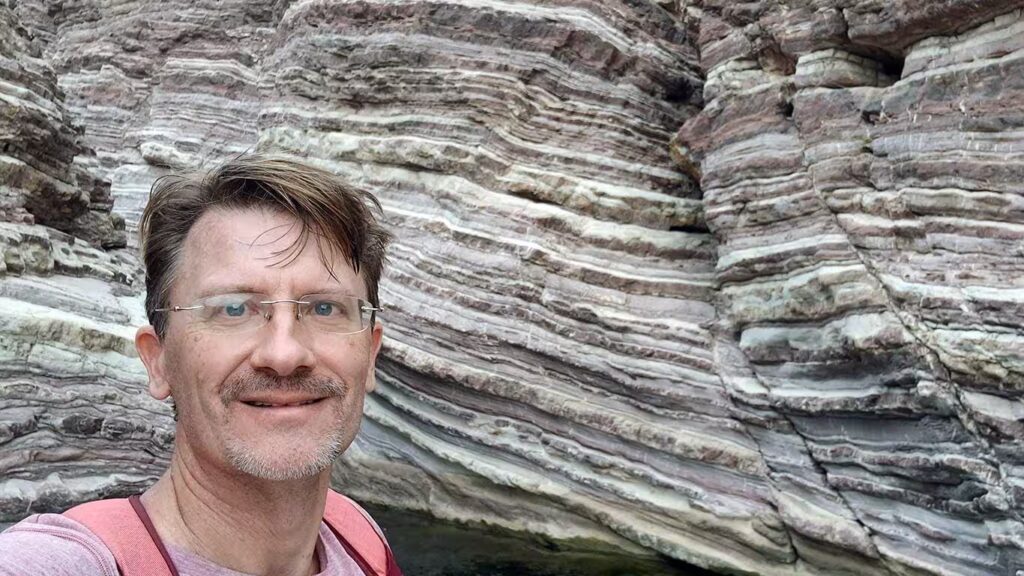
Bartholomew recommended joining diver cleanups to remove ocean trash, protecting turtle nests until hatching, and supporting policies for marine protected areas. He also encouraged ecotourism, such as kayaking tours and visits to mangroves or eco-friendly hotels, which fund preservation. “These are beautiful experiences, and the money helps maintain natural areas,” he says.
Everyday actions to protect Marine Biodiversity with Dr. Aaron Bartholomew



